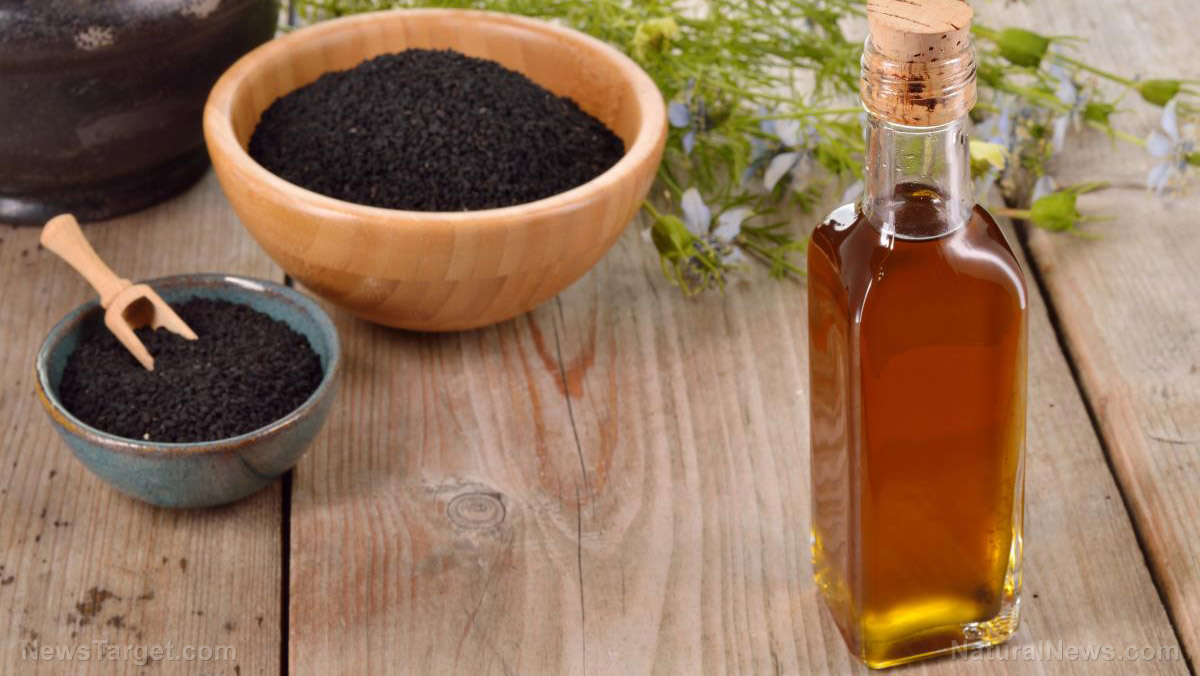Spending at least 30 minutes outside reduces risk of bowel disease by 20 percent … Are good old fashioned exercise and sunshine the reason?
11/30/2019 / By Tracey Watson

Back in 2015, the Centers for Disease Control and Prevention (CDC) estimated that around 1.3 percent of American adults – about 3 million people – were living with Inflammatory Bowel Disease (IBD). That number had increased by a whopping 30 percent, from 2 million people, just six years earlier.
A recent study by researchers from The Australian National University (ANU) points to a possible reason why the number of people with IBD has increased so dramatically in recent years: a lack of sunshine.
The study found that children who spent half an hour longer in the sunshine each day than their peers reduced their risk of developing IBD by an impressive 20 percent.
Could the propaganda encouraging parents to keep their children out of the sunshine and slather them full of toxic sunblock when they are outside be the reason why so many more people are now developing IBD?
IBD: debilitating and dangerous
As explained by the Mayo Clinic, IBD is not a single disease but a blanket term which incorporates several conditions, including ulcerative colitis and Chron’s Disease.
Symptoms usually include fatigue, weight loss, abdominal cramps and severe diarrhea, and can have a serious impact on quality of life. In extreme cases, IBD can cause life-threatening complications.
Playing in the sun ‘could be life-changing’
Professor Robyn Lucas, who led the ANU study, claims that getting children to play outside in the sunshine could literally be life-changing for them.
The researchers found that each 10 minutes children spent playing in the sunshine could reduce the risk of IBD by 6 percent, and that those who enjoyed outdoor playtime for a half hour each day could reduce their risk by a full 20 percent.
“At this stage what we have shown is there is a link between lack of sun exposure and increased risk of IBD,” noted Professor Lucas. “We already know that sunshine affects the immune system in ways that could decrease IBD — but we don’t know the exact pathways. But our research suggests that getting outside and into the sunshine is a good thing when it comes to preventing this terrible disease.”
Professor Lucas noted that IBD is becoming prevalent among younger and younger children. She also stressed that the symptoms can be very severe, causing great discomfort.
“The symptoms can be awful. If you have IBD you get intermittent diarrhea, abdominal pain, inflammation and you can feel very unwell,” she explained. “Crohn’s and ulcerative colitis are horrible diseases where the autoimmune system has gone haywire and attacks the gut.”
But reducing the risk of developing IBD is just one of many good reasons to get out in the sunshine more often. Children and adults alike can benefit in a myriad of different ways from increased sun exposure.
More reasons to get out in the sunshine
As previously reported by Natural News, there are many good reasons to get out into the sunshine every day:
Sunlight is the initiator of vitamin D3 creation in our bodies. Sunshine’s UVB rays interact with the cholesterol in our skin that ignites a process to create vitamin D from our kidneys and liver. This doesn’t happen without sunlight….
During long periods without sunshine, many get depressed. It’s called seasonal affective disorder (SAD). Besides feeling gloomy, people experience low energy. SAD results from an extended period of no sunshine. But it can be ameliorated during those periods with bright full spectrum lights or blue light to mimic the sun’s rays. …
Sunlight exposure was discovered to reduce the need for pain medication, stress, and anxiety among post operative patients in one hospital that conducted a study in 2005.
Sunlight has also been linked to improved alertness and a reduction in visceral fat. Studies have even found that it can help reverse both diabetes and heart disease.
Clearly, there are tons of reasons to get outside and enjoy the sunshine!
Learn more about the vital role of vitamin D at VitaminD.news.
Sources include:
Submit a correction >>
Tagged Under:
bowel disease, children, children's health, Chron's disease, disease prevention, exercise, IBD, inflammatory bowel disease, natural remedies, outdoors, prevention, sunlight, sunshine, ulcerative colitis, vitamin D
This article may contain statements that reflect the opinion of the author
RECENT NEWS & ARTICLES
Natural.News is a fact-based public education website published by Natural News Features, LLC.
All content copyright © 2018 by Natural News Features, LLC.
Contact Us with Tips or Corrections
All trademarks, registered trademarks and servicemarks mentioned on this site are the property of their respective owners.






















